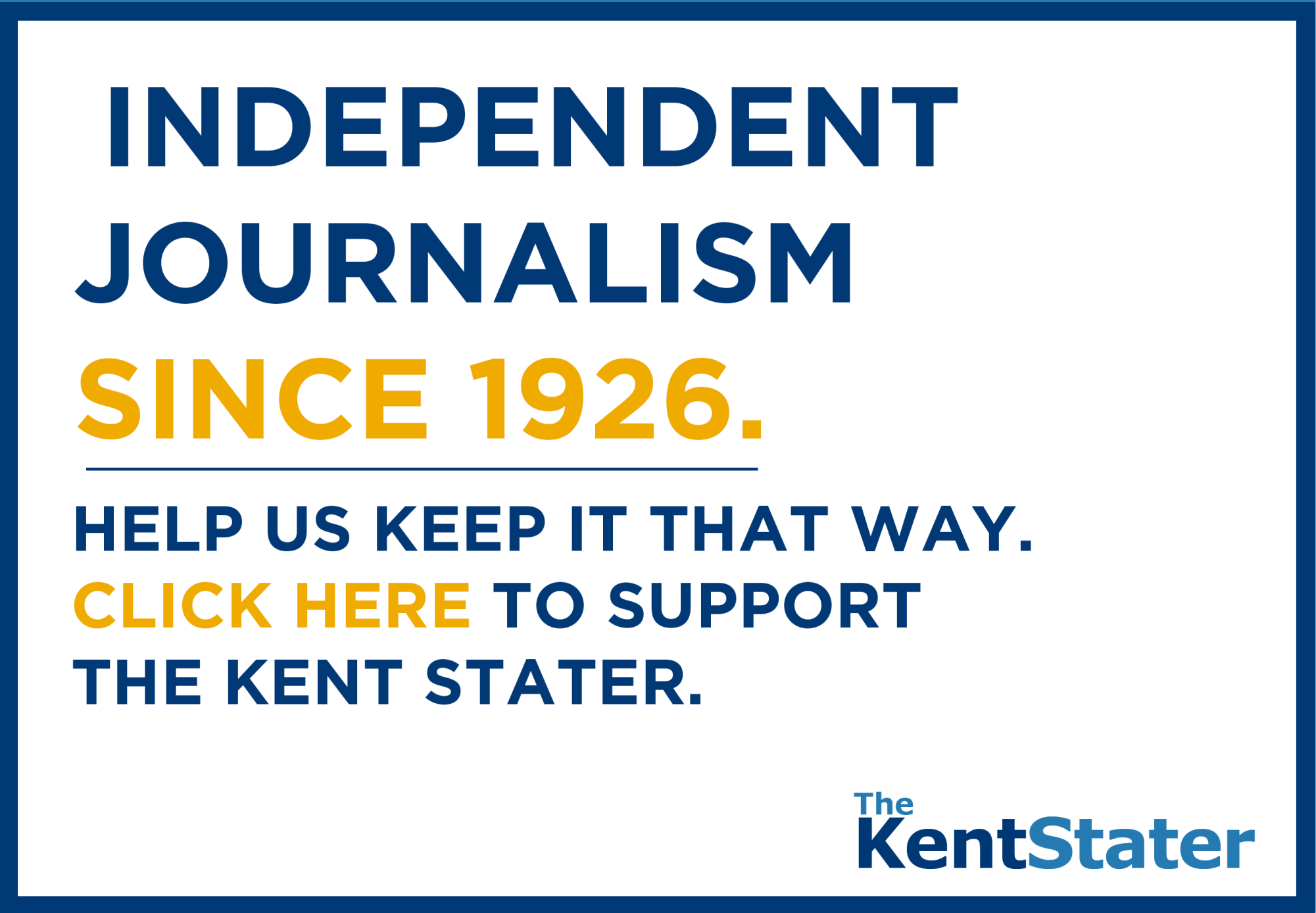The anatomy of a photograph
September 10, 2009
Every argument has two sides, same as in every war. The war in Afghanistan is no different. It is strange then, that such a furor has been made over the publication of the photo of the mortally wounded U.S. Marine in Afghanistan.
Defense Secretary Robert Gates was vociferous in his opinion on the Associated Press’ decision to transmit the photo of Lance Corporal Joshua Barnard and his last moments.
Here’s what I think, if anyone cares.
I don’t want to see this picture with my morning cuppa. But I do want to know what’s happening out there in the war.
I understand the objection by the family, but why is the U.S. government suddenly passing judgment on the functioning of a free press? The AP has done nothing wrong. It is the decision of an individual publication to use or disregard material it has received through the AP subscription.
Was the decision in bad taste? Possibly. It could be considered to be in poor taste to go against the wishes of the family and publish material sans permission. But it is not illegal. Does the Pentagon have any say in the matter? No.
The reality of war is not always pretty or palatable. The press has nothing to do with this reality, except to show it as it is. That’s why the AP put the material it had out there. Members of the media could do with it what they liked. Some chose to publish it, some didn’t, while others stood on their soap box and sermonized on why they wouldn’t publish such an image.
Me, I decided to get on my soapbox and sit on the fence and wait and watch.
Let me know what you think.
Sonali Kudva is a journalism graduate
student. Contact her at [email protected].












